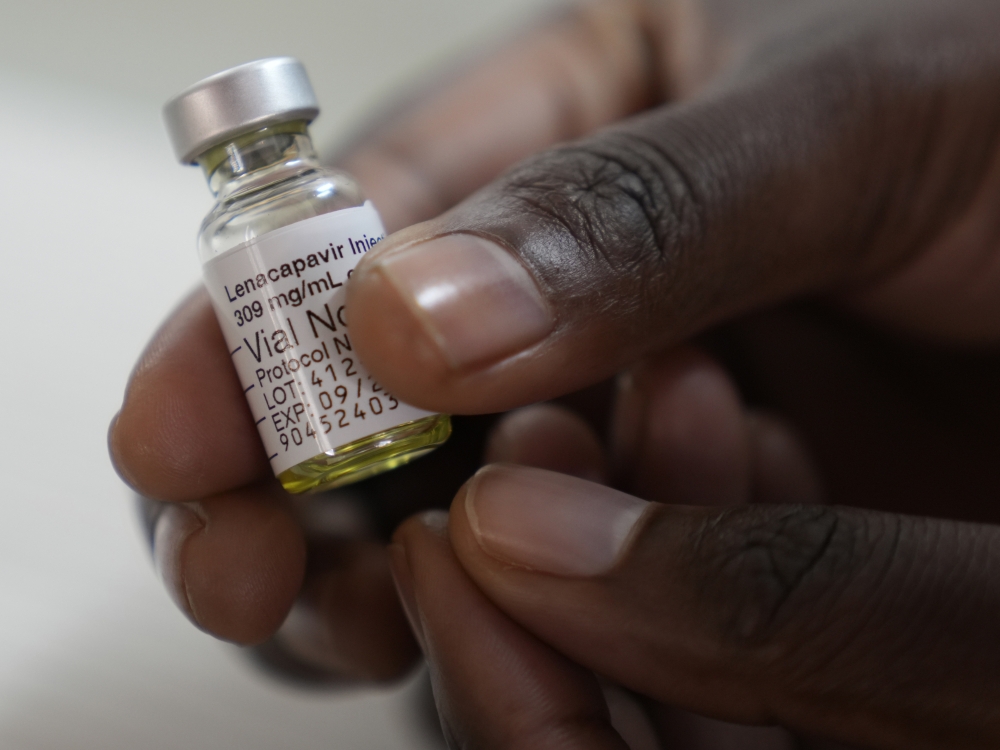The creation of a healthy learning environment requires teachers and facilitators who are culturally competent. Faculty members of higher education are obligated to treat each student fairly and expect high standards from them regardless of their diversity makeup.

The creation of a healthy learning environment requires teachers and facilitators who are culturally competent. Faculty members of higher education are obligated to treat each student fairly and expect high standards from them regardless of their diversity makeup.
Furthermore, teachers should and must avoid all issues that present a conflict of interest in their faculty-student relationship.
For example, regardless of whether "quid pro quo” cases are intentional or unintentional, they must be avoided since they put students in a challenging position when their course grade depends on the faculty member’s perception.
This document presents the basics of sexual harassment, implications of diversity issues, diversity management concerns in education, and best teaching practices while offering suggestions for educators of diverse student populations.
The key is to find out what works well and get the whole organization to do it. The suggestions offer ideas so adult educators can be successful in achieving their learning outcomes based on fair learning practices that can produce positive results for everyone.
The student population of nearly all tertiary institutions has drastically changed from what it was twenty and thirty years ago. It is apparent that today’s student populations are much more diverse in terms of their gender, ethnicity/nationality, age, disability, and beliefs than they were twenty years ago.
Therefore these student populations need diverse teaching skills, different experiences, and more facilitation abilities in order for them to learn best as per their learning styles.
One of the needed skills would be to acknowledge their differences and actively incorporate their experiences into the learning objectives of each session.
Recognizing and understanding these differences are not easy, nor automatic, since they require conscious focus and a good level of comfort on the part of the faculty with cultural diversity issues. In order for educators and students to be successful, they need to become culturally competent.
"Cultural competency” for all practical purposes refers to the continuous learning process that enables both educators and students to function effectively in the context of cultural differences both in academia and in the workforce.




